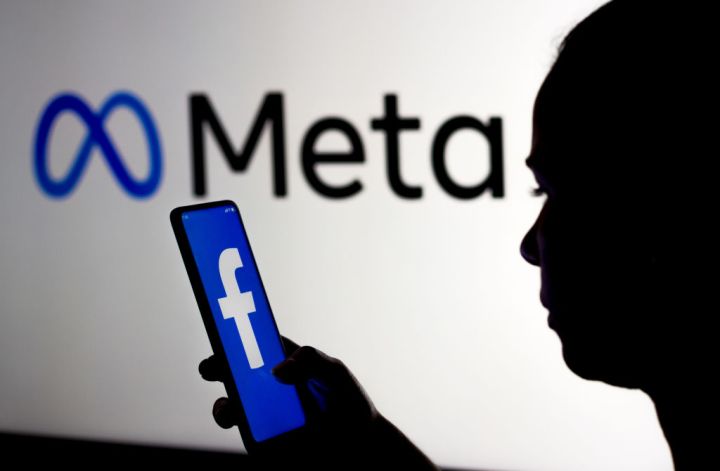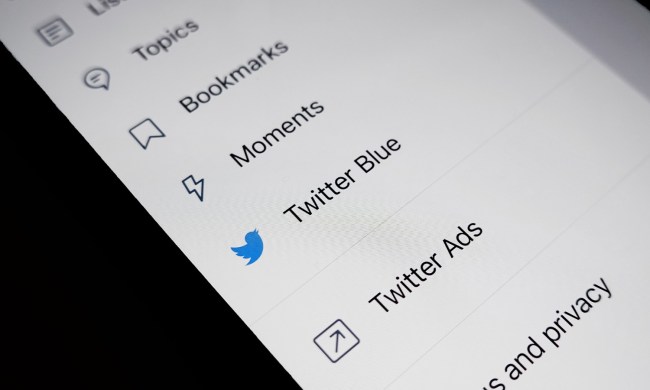If you have a website for your business and you’re wondering how well your ads are reaching prospective customers, you’ll probably want to be able to measure that to make sure that the money you’ve spent on advertising for your business is money well spent. Meta (the parent company of social media platforms Facebook and Instagram) offers a tool that can measure that by capturing how your customers interact with your business’ website.
At one point, this tool was known as a Facebook Pixel. But since the technology company’s recent rebranding to Meta, the tool also underwent a name change and is now known as the Meta Pixel.
In this guide, we’ll go over what this tool does, how much it costs, what to expect when setting it up, and whether or not it’s worth trying out.
Note: For the purposes of this guide, we’ll use the terms “Facebook Pixel” and “Meta Pixel” interchangeably since the former term is still commonly used.
What is a Facebook Pixel?

Put simply, a Facebook Pixel (now officially known as a Meta Pixel) is a bit of code that can be inserted into your business’ website. Once installed, this code shows you how people react to your
You can then use this information to target your ads toward the prospective customers that are more likely to be interested in your ads and your products in the future.
What does a Facebook Pixel cost?
Meta’s Business Help Center guide on the matter does not appear to explicitly say that the tool is free. But the current consensus online among social media management software companies like Sprout Social and e-commerce companies like Shopify is that the Facebook Pixel is free to use.
What to expect when creating and installing a Facebook Pixel
According to Meta, you can install a Facebook Pixel either by doing it yourself or by getting a developer to help you. If you plan on doing it yourself, you’ll be happy to know that Meta offers a detailed step-by-step guide for both creating a
Meta offers three installation methods depending on your situation: manually adding the code to your business’ website, using a partner integration to do it, or emailing the instructions for installation to the person who is in charge of updating the website’s code.
Is Facebook Pixel worth trying?
If you use Facebook Ads as part of the marketing strategy for your business, then the free-to-use
The general consensus appears to be, among experts from social media management software and e-commerce companies, that the Facebook Pixel is a pretty useful tool for businesses that use
Some of the other benefits that these companies have mentioned about Facebook Pixel include conversion tracking and access to retargeting data (which you can use to show ads to customers who have interacted with your site before).
At the end of the day, though, it’s up to you and what you think will work best for your business and its marketing needs.


